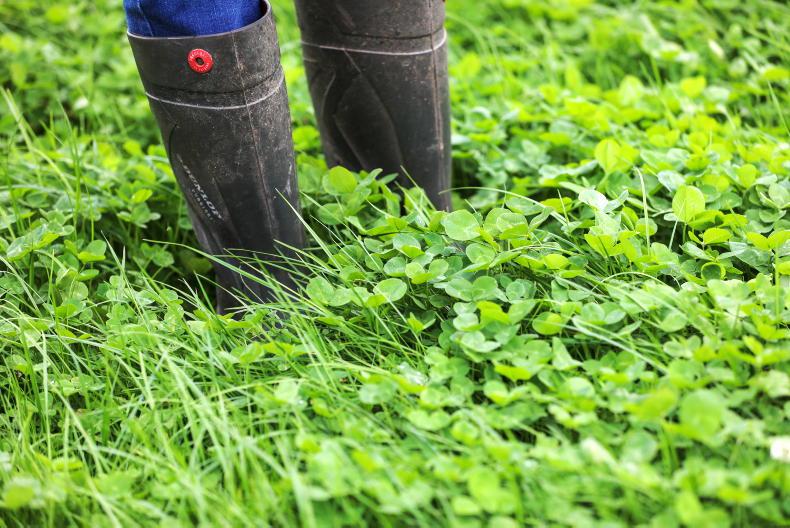I think the cold nights over the last week will have made dairy farmers a lot of money. I say this because one of the biggest costs on farms in May and June is the lost output as a result of poor-quality grass.
This lost output is reflected in lower milk yield and lower protein percent, meaning the milk price received per litre is also lower.
Because temperatures were lower this week, grass growth didn’t take off, so quality is still reasonably good, hence the cold weather kept quality under control.
Average temperatures could double over the coming days once the night frosts disappear and night temperatures rise to 10 degrees.
That is a substantial change in conditions compared with the past week so farmers must be prepared for grass growth to take off.
This means being extra vigilant about pre-grazing yields, as this is the biggest determinant of quality. The farm should be walked every five days and strong paddocks skipped over for silage.
Depending on stocking rate, some of these paddocks may have to be cut soon, while more can be left to bulk up.
What to do depends on the farms’ stocking rate and the potential for grass growth, in other words, how much nitrogen is in the soil.
Soil type
Soil type is less of an issue at this time of year, as all land will grow lots of grass when the weather and seasons are with it.
Growth rates are likely to average between 70kg and 80kg per day for the next few weeks on farms that have 70 or 80 units/acre of nitrogen applied to date.
If by taking out paddocks for silage you are going to push the demand per day higher than this, then those paddocks will need to be cut as soon as possible to avoid the risk of running out of grass.
However, if the demand is well below this then there is scope to close up paddocks for longer term silage.
Demand is how much the stock will eat per hectare per day. A typical cow will have an intake of about 19kg per day. If there are 2kg of meal being fed then the grass intake will be around 17kg per day.
Multiply this by the stocking rate to work out demand per day. If the stocking rate is 3.8 cows/ha, then the demand will be 65kg per day.






 This is a subscriber-only article
This is a subscriber-only article











SHARING OPTIONS: